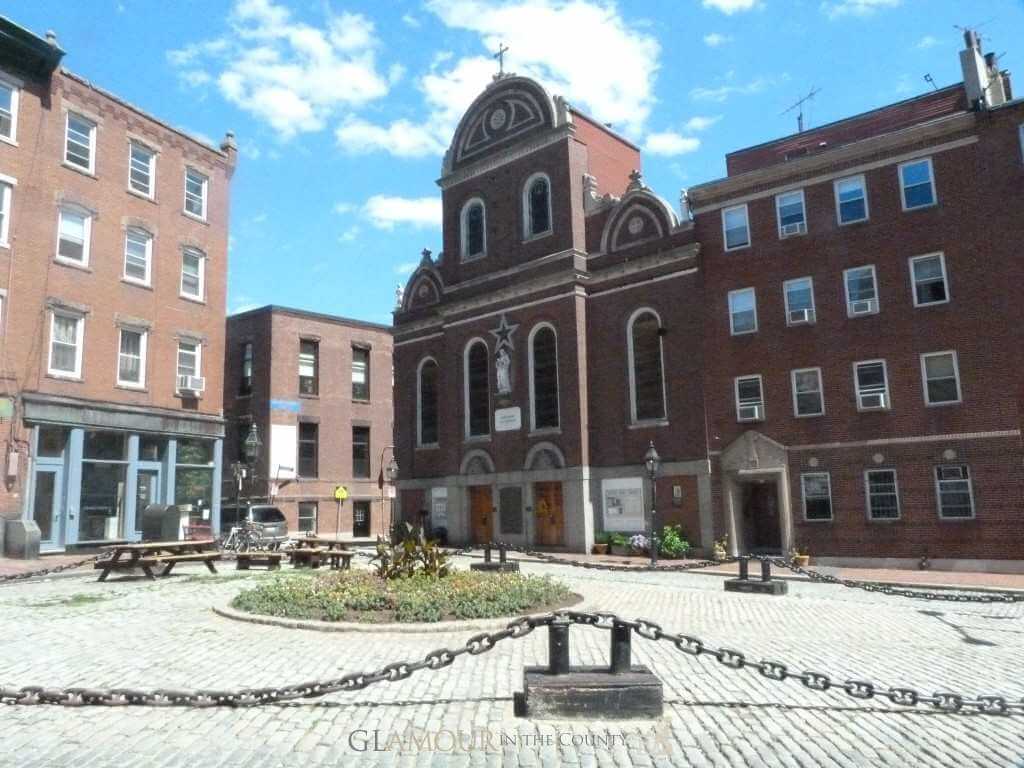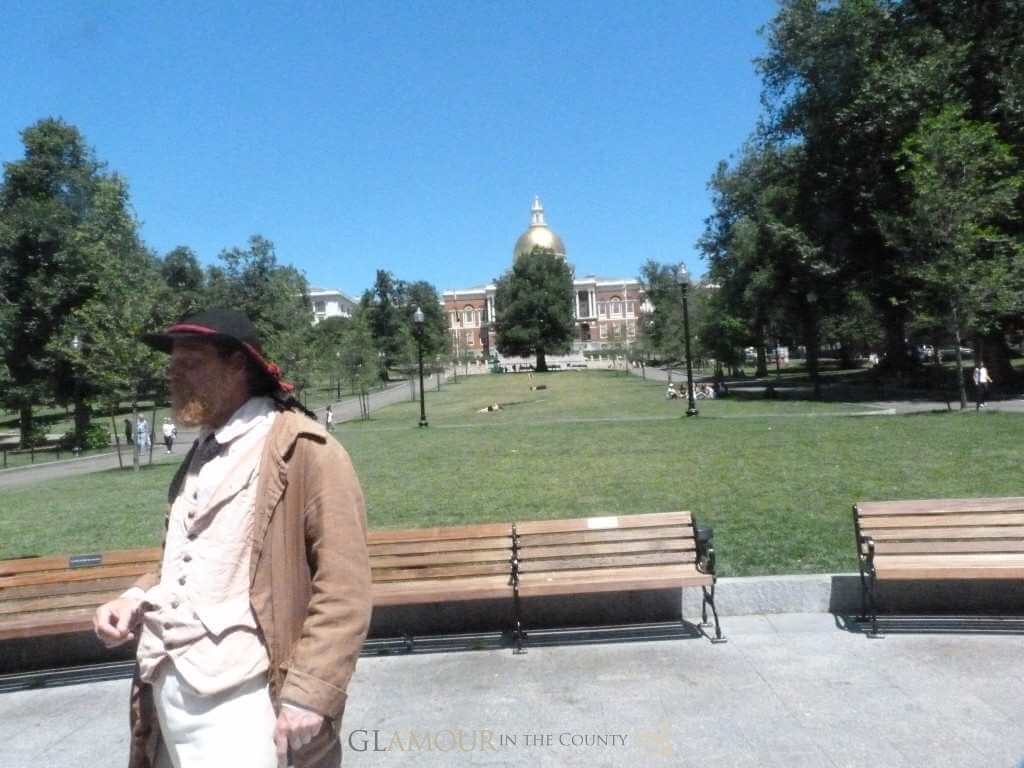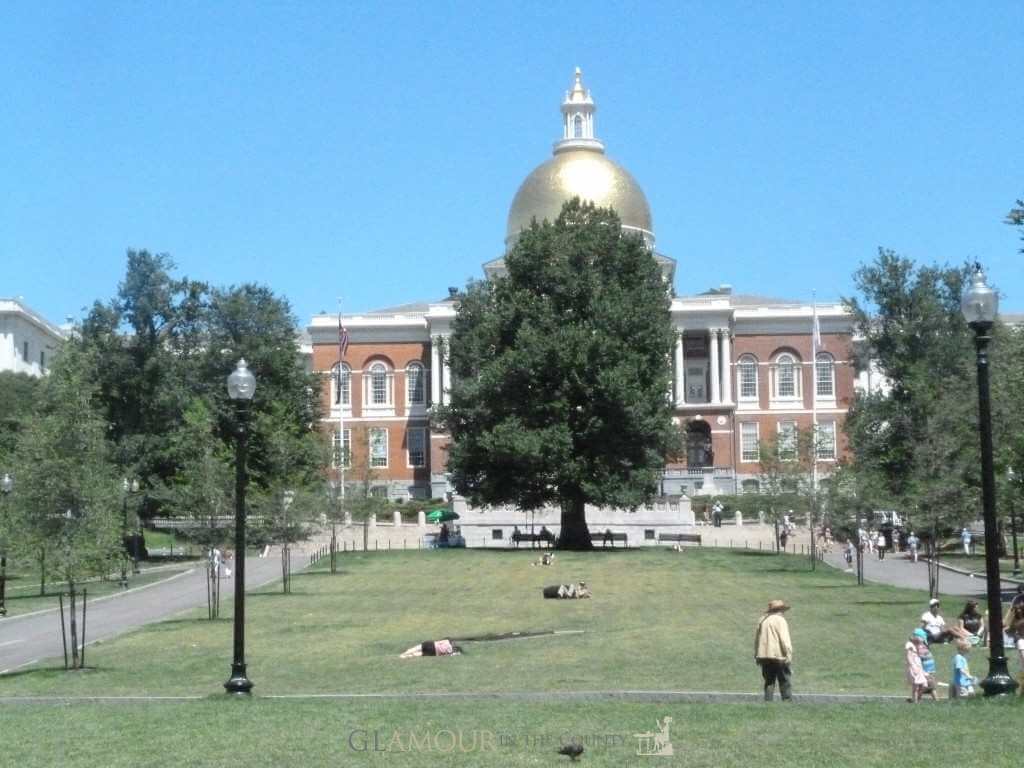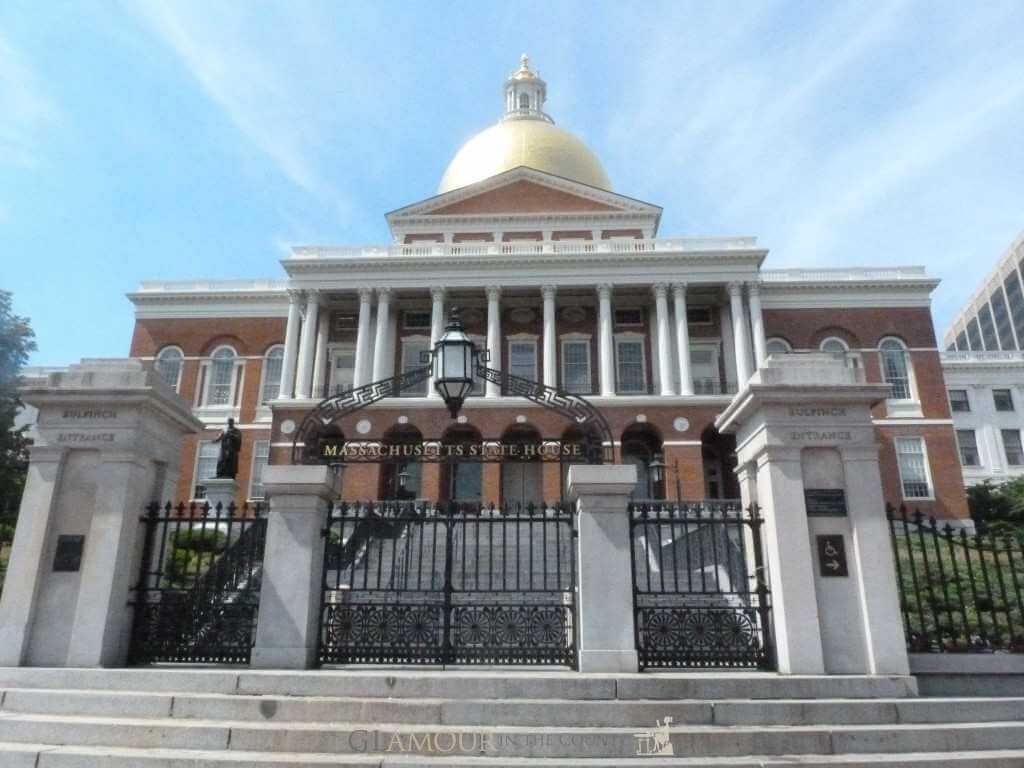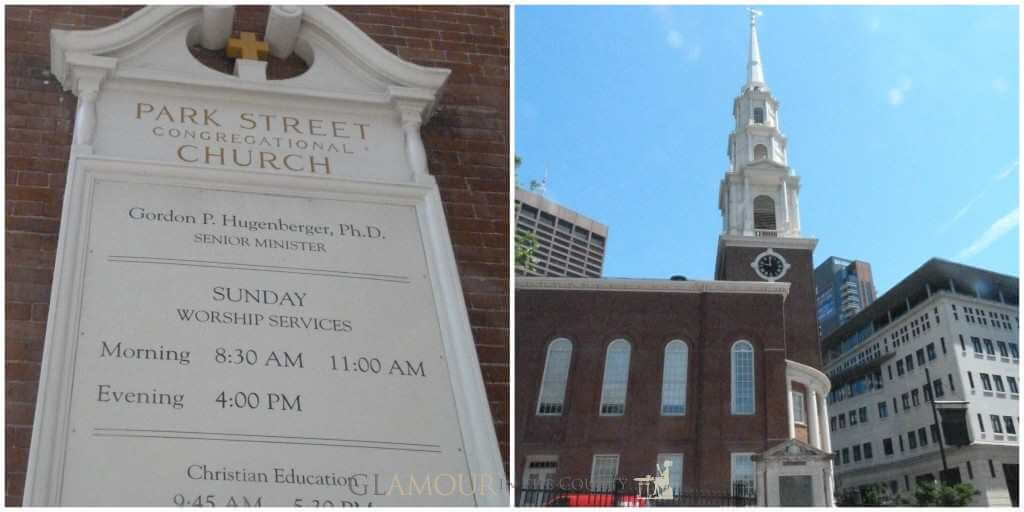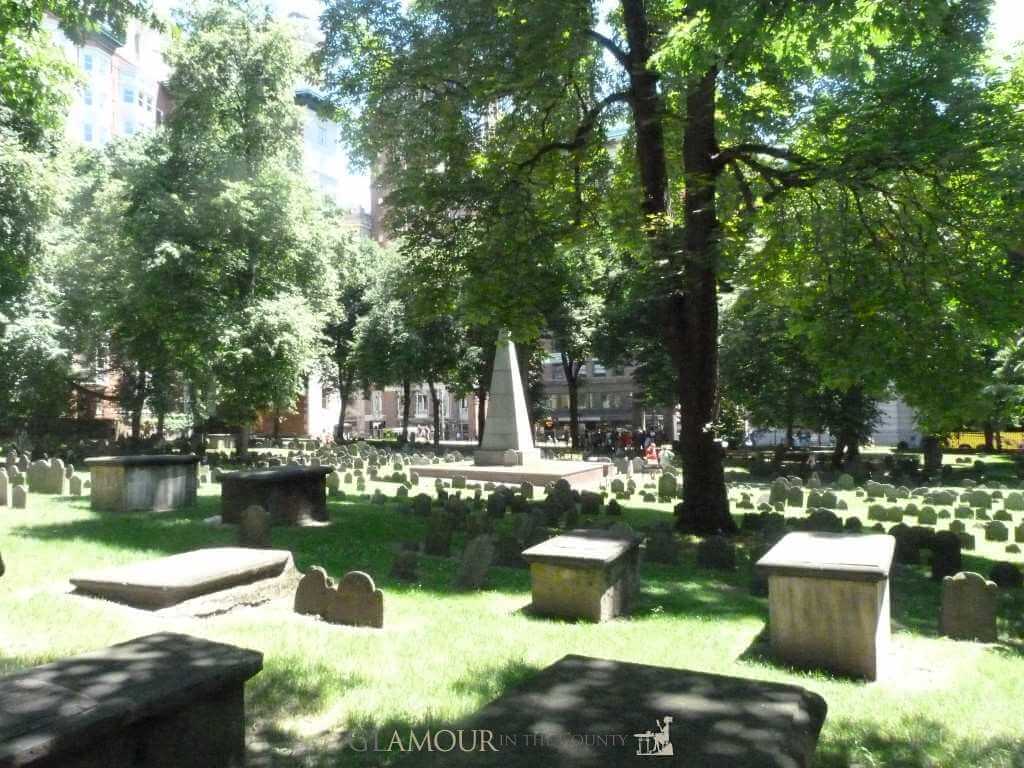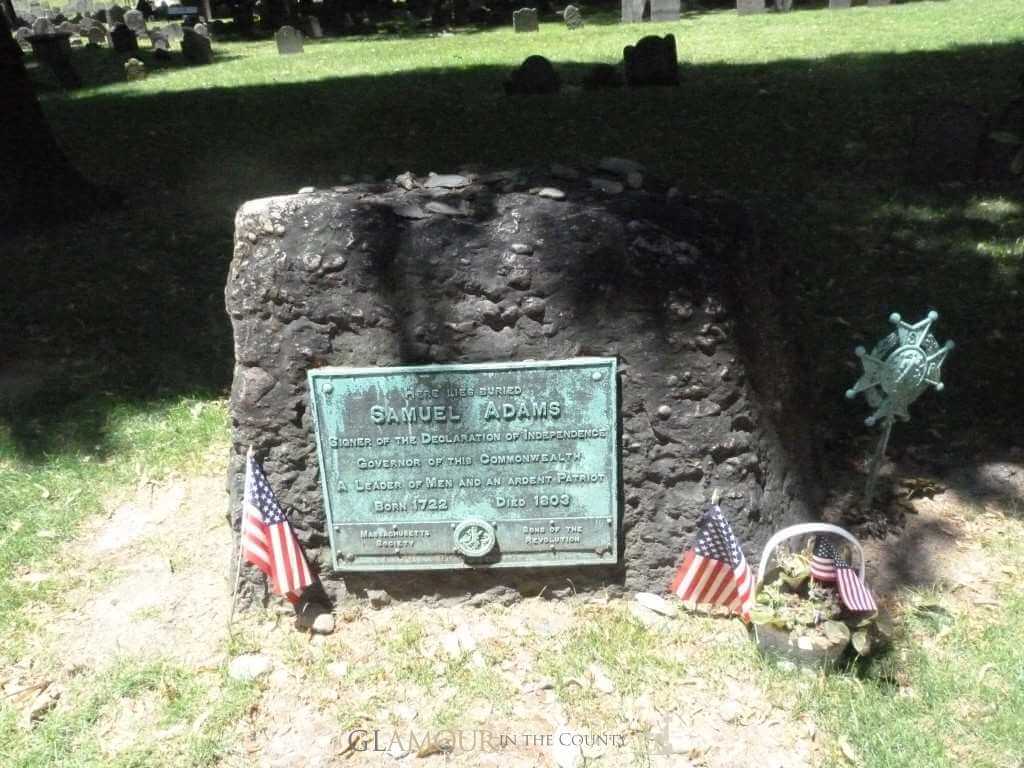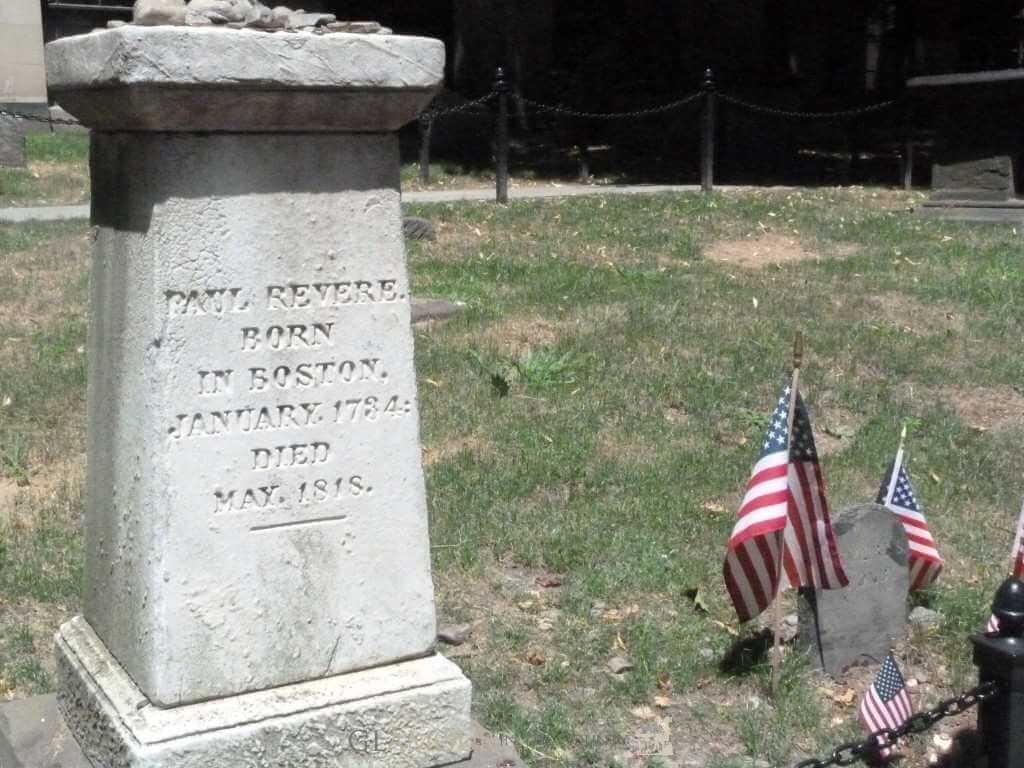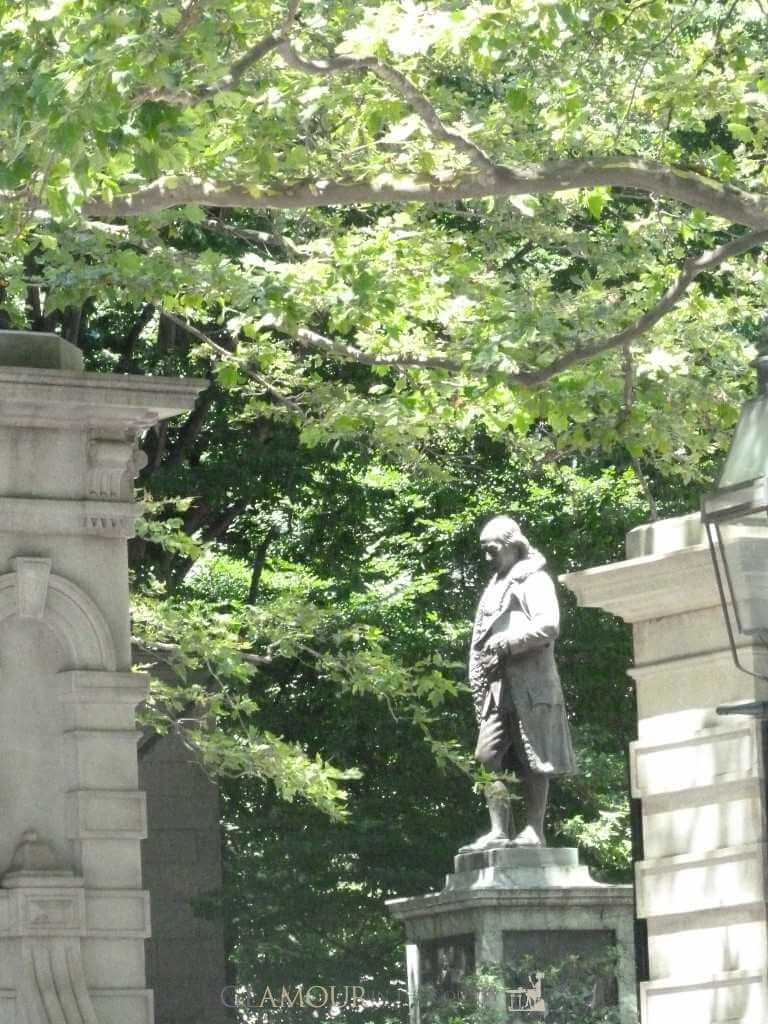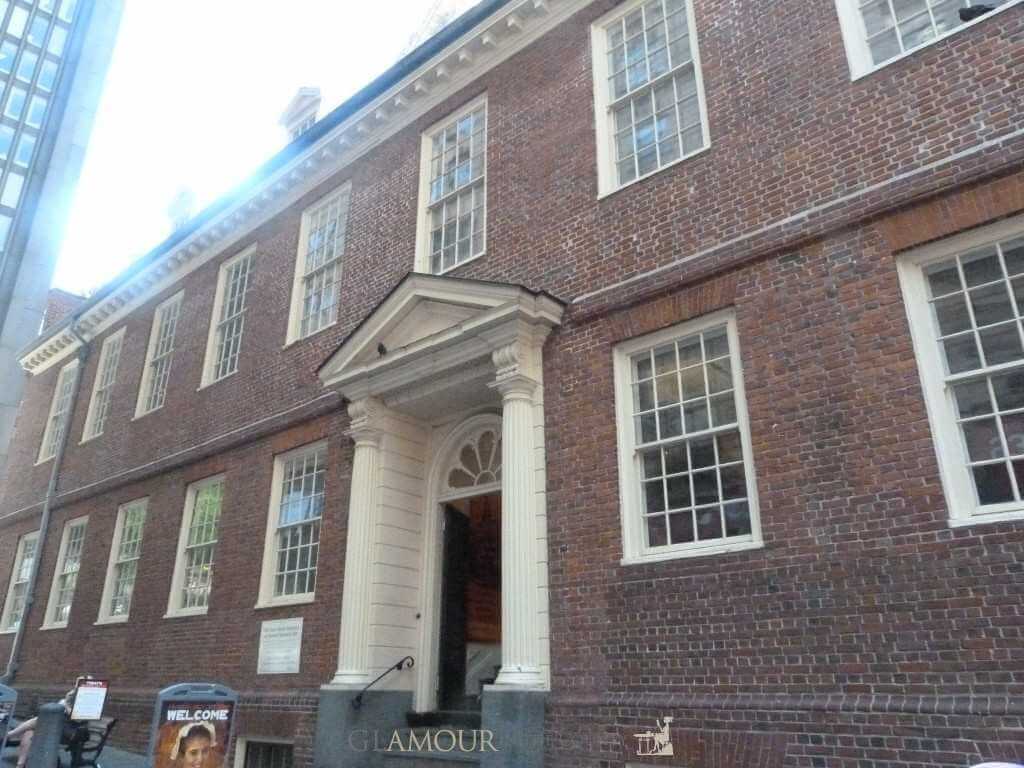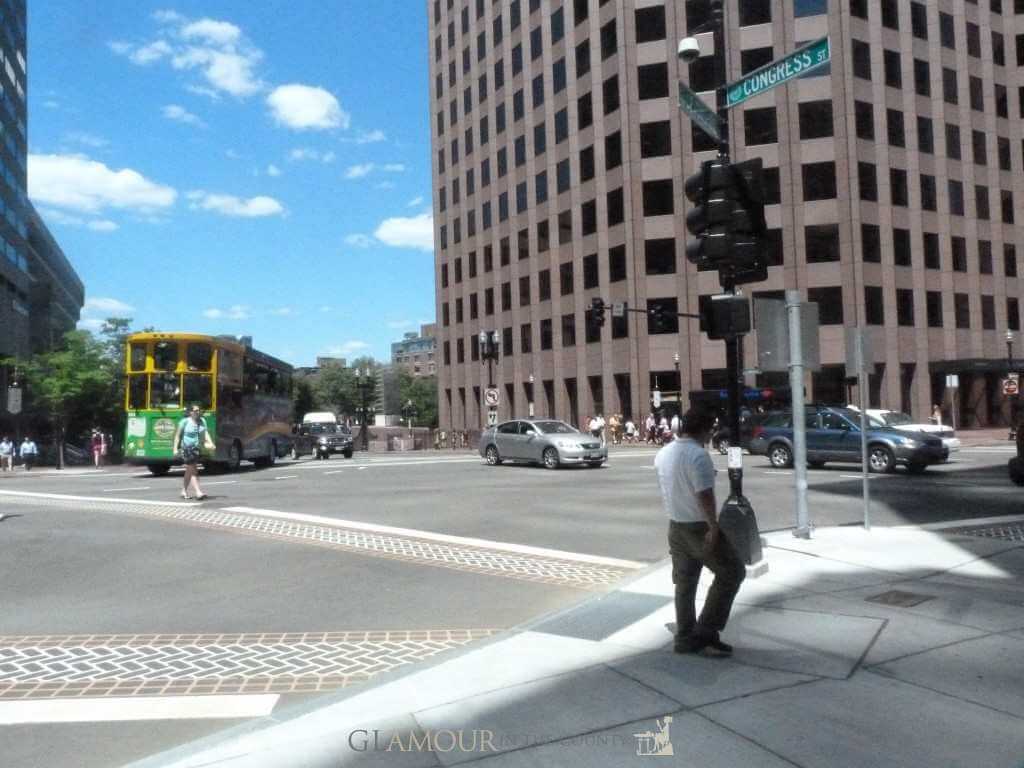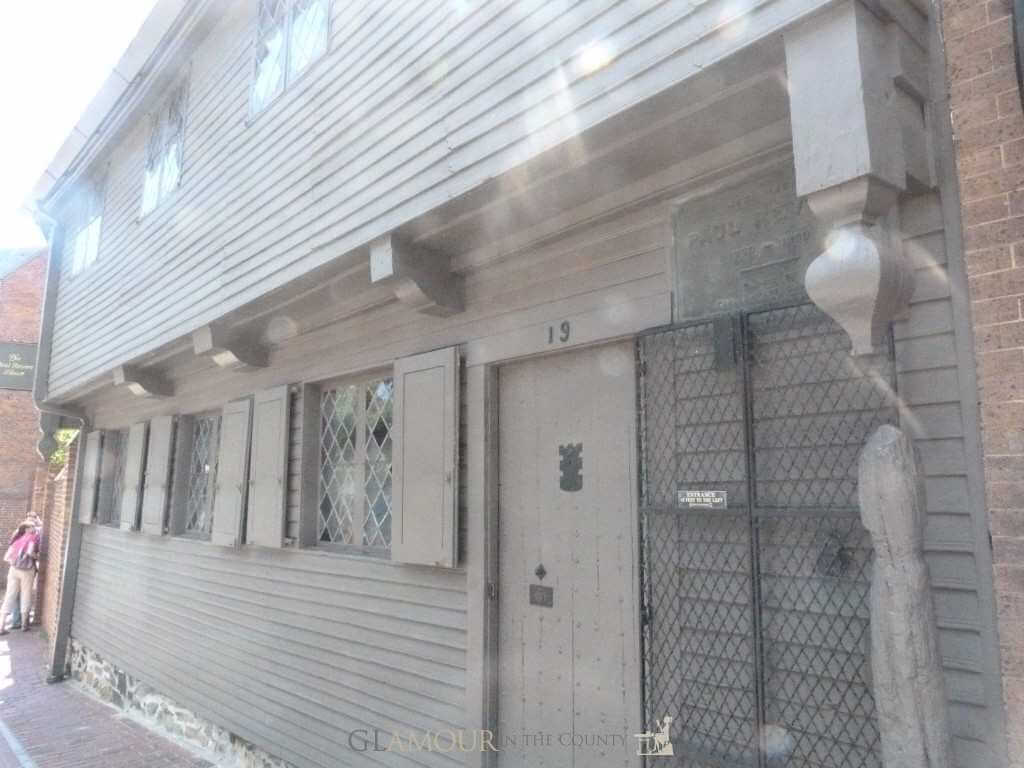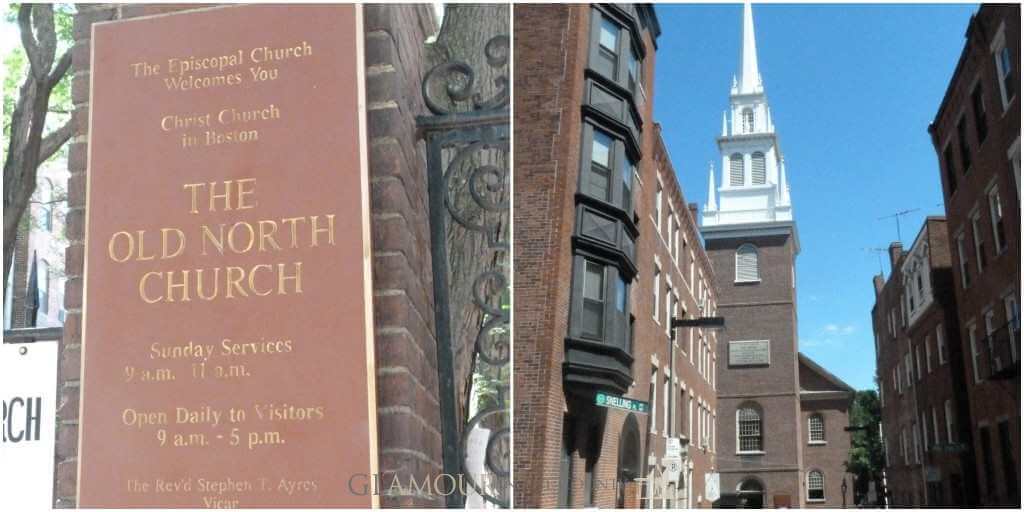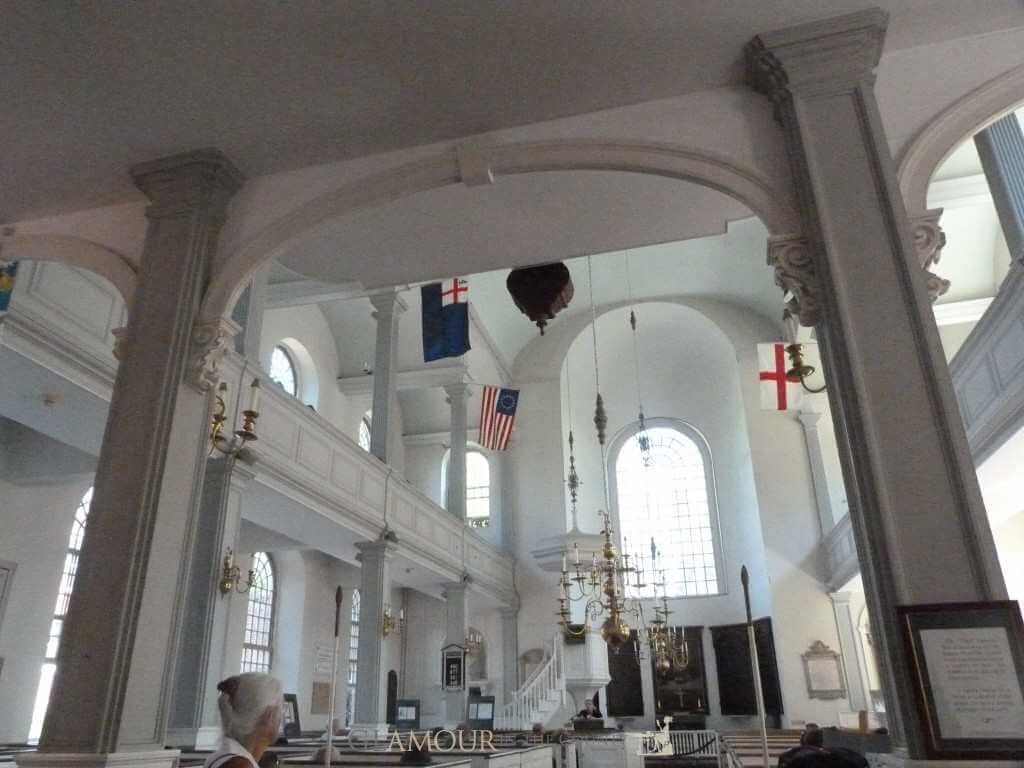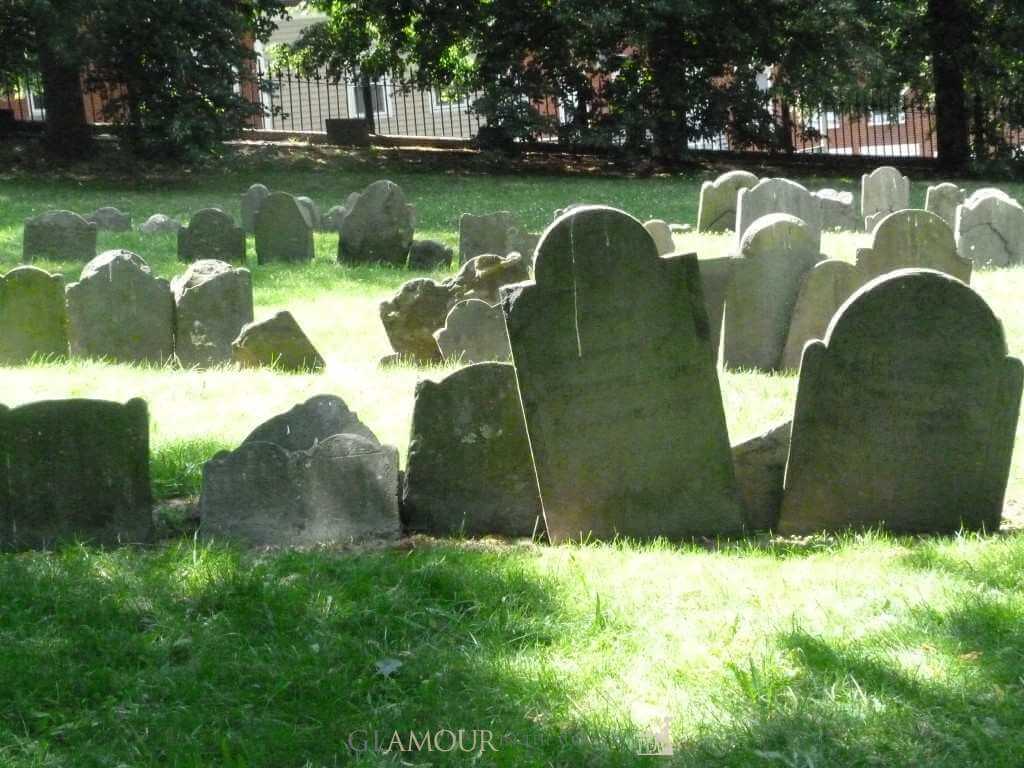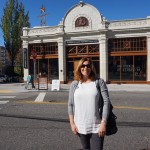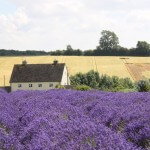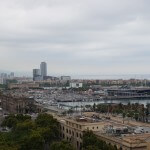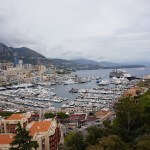At this time of year I can’t help but think about New England and particularly Boston. I, first, visited about eight years ago and spent a day discovering the City and drinking far too many spiced pumpkin lattes. So, on my most recent trip to Boston, last summer I was keen to explore more of the City. Especially the Freedom Trial, which I’d only walked a portion of last time, and really wanted to discover more of Boston’s rich history.
Boston Common was established in 1634 when Puritan colonists purchased the 44 acres from William Blackstone, who was a settler from Stratford upon Avon, Warwickshire, England, and the land became common ground. In the past it was also a burial site where some 400 people were hanged.
Granary burying ground is just up the street from Park Street Church. It is the third oldest grave yard, in Boston, and used to be part of Boston Common. It is the resting place of some of Bostons most famous people. Including John Hancock, Benjamin Franklin’s parents, Paul Revere, Samuel Adams, as well as Robert Treat Paine, three of the people who signed the Declaration of Independence. There were some 8-10 thousand people buried in the graveyard and in 1850 the layout was changed and only the headstones were moved, not the tombs.
The Old State House stands, today, in the shadows of sky scrappers that have been built around it. Back then it was at the centre of the American Revolution. It is one of the oldest buildings still standing and it was here, in 1770, at the cross roads of two of Boston’s main streets the Boston Massacre took place.
Copp’s Hill Burying ground is the resting place of normal Bostonian’s and it’s hilly vantage point was used by the British during the Battle of Bunker Hill in 1775. From here you walk across the bridge to Charlestown to view the Battle of Bunker Hill monument.
I didn’t quite manage all 16 of the historic sites on the Freedom Trial. So next time I visit Boston, as there will most definitely be one, I will need to make sure I finish seeing all the sites on the Freedom Trail. If you love a city, I always find it’s worth leaving something for a future visit, that way there is always a reason to return.

